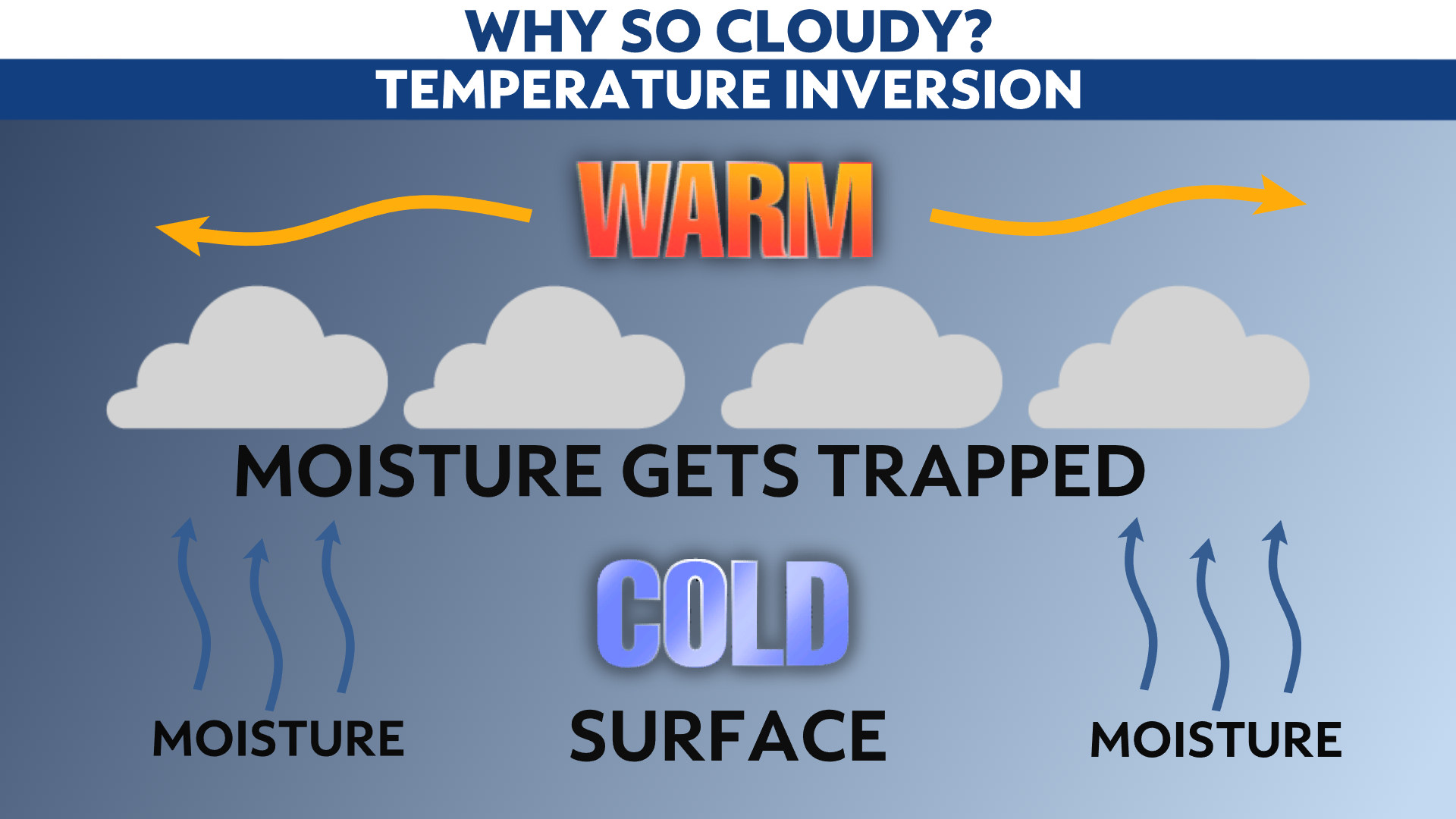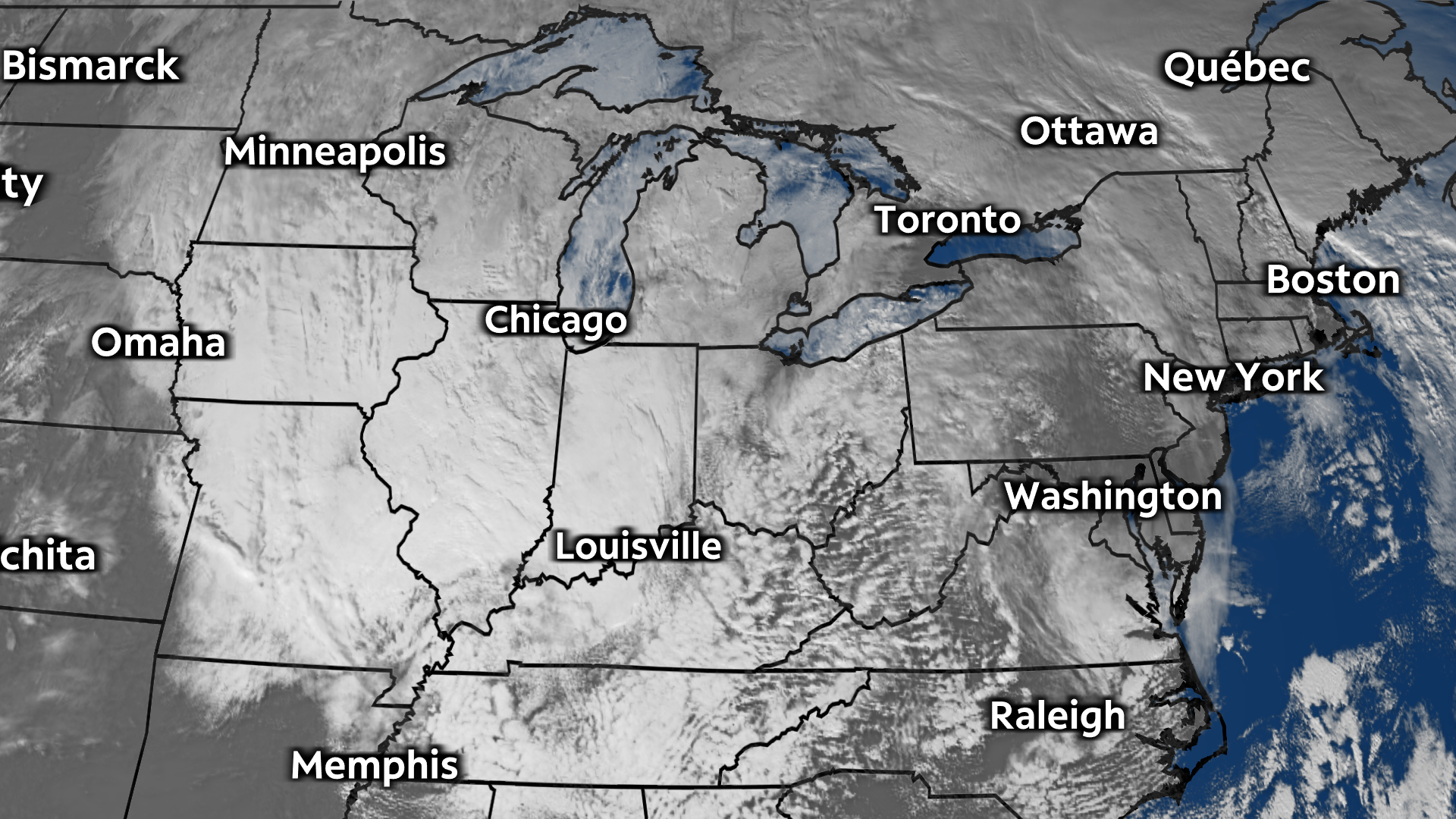When you step outside these days, it always seems to be grey, dreary, and bleak.
Does it seem there are more grey days than sunny days in the winter? Well, your eyes and memory do not deceive you. Clouds linger a lot longer this time of year than they do in the summer months.
Yes, you may see a glimpse or two of sunshine, but overall, the sun has been missing in action.
There are a couple of reasons why the winter is a cloudier season.
- Winds usually blow out of the northwest or northeast. From that direction, the cold winter wind blows over the relatively warm waters of the Great Lakes. In an unstable air mass, the air rises, cools and forms clouds. Fun fact: This is the same process in which lake-effect snow forms. The northerly wind flow blows the clouds in our direction. These low clouds can hover for days as the northwest flow persists.
- During the winter, the sun angle is much lower with shorter and colder days. Going back to elementary school now, warm air rises and cold air sinks. That cold air gets trapped on the ground and while the warmer air sits above it. Typically, the air gets colder as you go up, but in this situation there is a temperature inversion. In the layer between the warm and cold air, moisture gets stuck and clouds persist in this zone.

January 16 Satellite

Satellite showed the low clouds over the Great Lakes region and even into the South on January 16. These clouds formed due to very cold air aloft, in addition to upward motion and a northwest wind flow. Notice how much real estate they covered, from the Great Lakes all the way down into Alabama and Mississippi!
Wind can play a major role in breaking the clouds apart. Winds mix up the atmosphere so the warm temperature inversion is scoured out. That in turn, disperses the cloud cover, leading to brighter days. Southwest winds and strong high pressure associated with sinking air usually bring sunnier and milder days, too.



